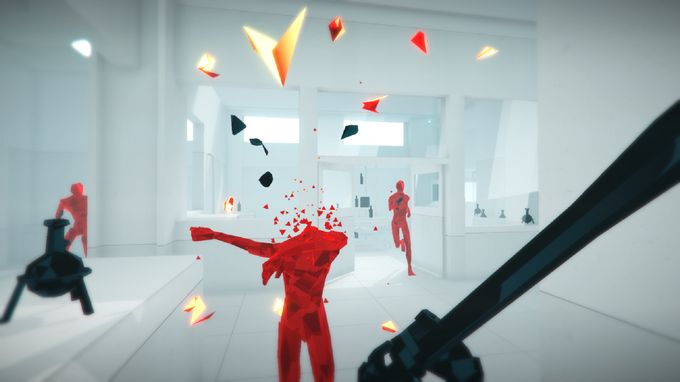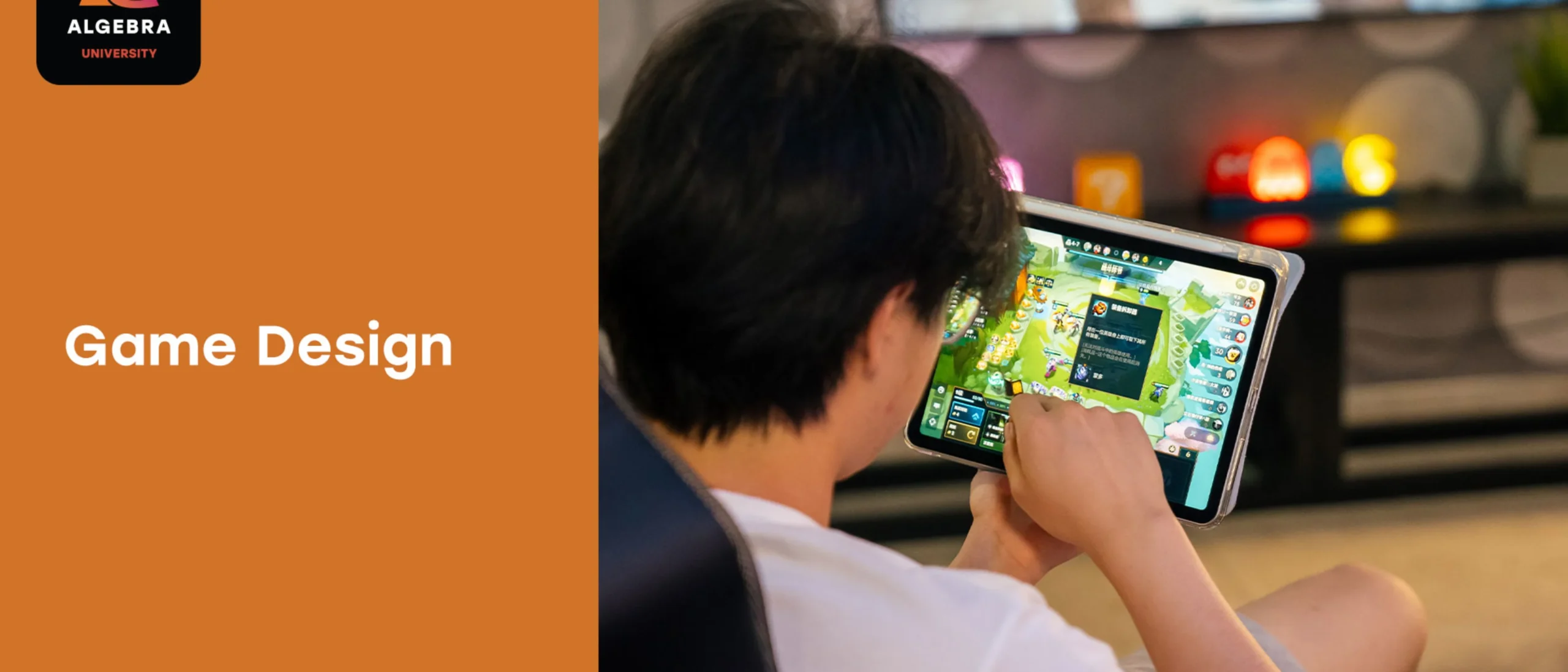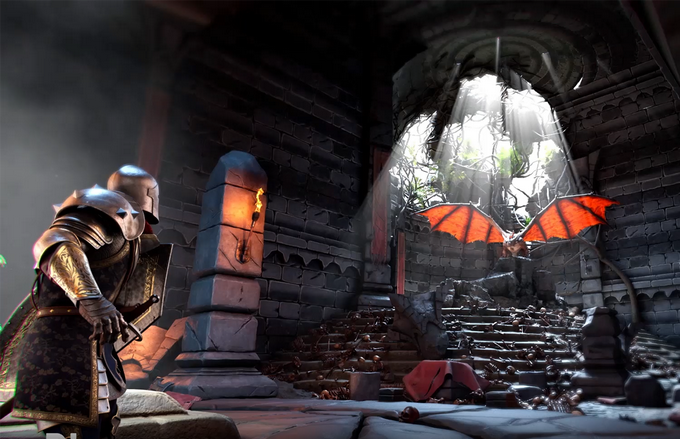
Game soundtracks have always played a crucial role in enhancing the overall gaming experience. From building tension during intense gameplay to evoking emotions in touching moments, good music can truly elevate the immersion factor of a game. In recent years, however, game soundtracks have been taking a step further by incorporating dynamic layers, which add depth and complexity to the music as players progress through the game. In this article, we will explore why game soundtracks are getting dynamic layers and how this trend is reshaping the way we experience games.
One of the main reasons why game soundtracks are incorporating dynamic layers is to create a more immersive and reactive gaming experience. Gone are the days of one-dimensional soundtracks that loop endlessly in the background. With dynamic layers, game music can now adapt and change in real-time based on the player’s actions, choices, or the unfolding events within the game. This means that the music can seamlessly transition from one track to another, creating a sense of continuity and fluidity that matches the pace of the gameplay.

Dynamic layers also allow game developers to craft soundtracks that respond to the player’s emotions and reactions. For example, in a suspenseful or high-stakes moment in the game, the music can escalate in intensity, building tension and anticipation. Conversely, during quieter moments or exploration sequences, the music can mellow out, creating a more relaxed and contemplative atmosphere. By tailoring the soundtrack to the player’s emotional state, dynamic layers can enhance the overall immersion factor of the game and create a more personalized experience for each player.
Another benefit of dynamic layers in game soundtracks is the ability to create a sense of progression and evolution throughout the game. As players advance through levels, complete challenges, or reach key milestones, the music can evolve and change accordingly. This sense of progression can be particularly effective in narrative-driven games, where the music can reflect the growing tension, the rising action, and the emotional climaxes of the story. By adapting the soundtrack to mirror the player’s progress, dynamic layers can create a cohesive and engaging audio journey minecraft vps hosting that amplifies the overall gaming experience.

Furthermore, dynamic layers in game soundtracks can enhance replay value and create a sense of unpredictability. By incorporating randomized elements or branching music tracks, game developers can ensure that no two playthroughs are exactly the same. This variability not only keeps the music fresh and engaging for players but also encourages them to explore different paths, choices, and outcomes to discover new musical experiences. In this way, dynamic layers can breathe new life into games that have been played multiple times, offering a fresh perspective and a new auditory adventure with each playthrough.
From a technical standpoint, the implementation of dynamic layers in game soundtracks has been made possible by advances in audio technology and interactive music systems. Game engines and middleware tools now offer sophisticated audio features that allow for seamless transitions, interactive music cues, and adaptive soundscapes. This level of intricacy and flexibility in game audio design has enabled composers and sound designers to create dynamic layers that can respond to a wide range of player inputs and in-game events, making the music feel more alive and integrated into the gameplay experience.
In conclusion, game soundtracks are getting dynamic layers because they have the power to revolutionize how we engage with and experience games. By incorporating adaptive music systems, branching tracks, and reactive soundscapes, dynamic layers can create a more immersive, personalized, and emotionally resonant gaming experience. As technology continues to evolve and game developers push the boundaries of interactive audio design, we can expect to see even more innovative uses of dynamic layers in future games, further enhancing the role of music in shaping the gaming landscape. So next time you boot up a game, pay attention to the soundtrack – you might just discover a whole new layer of depth and complexity waiting to be explored.



